Denied, denied, denied, denied and denied! The PUC also rescinded Transource's Certificate of Public Convenience and Necessity for the project, and ordered all related dockets closed. As far as the PA PUC is concerned, the Transource nightmare is over and done. Of course, Transource may (and probably will) ask the Commission to reconsider its decision. After that, Transource may have certain rights to appeal the decision of the PUC. However, chances of that being successful seem to be hovering between slim and none.
The Commission adopted the Recommended Decision of Judge Barnes, except as modified in the Order. The modifications are few. The Commission addressed all the exceptions to Judge Barnes' decision, and granted only one. That one was the Judge's finding of fact regarding interference with GPS systems used in farming operations. The Commission struck that finding, but it did not change the outcome. The second bone of contention was Judge Barnes' recommendation that the Commission should issue a Rule to Show Cause why Transource's CPCN should not be rescinded. The Commission simply skipped bothering with another proceeding and straight up rescinded Transource's CPCN in this Order.
The Commission reprimanded Transource over several of its exceptions. One was its contention that ALL the findings of fact by Judge Barnes should be disregarded where they don't agree with Transource's contentions. Transource forgot to mention WHY, or provide any facts whatsoever, to support this exception. Exceptions must be specific, or the Commission cannot even consider them. Denied!
In its Exception No. 8, Transource asserts that the ALJ’s recommendation to deny Project 9A is based on “faulty findings” without specifying any alleged factual or legal error. In footnote to its Exception, Transource takes issue with certain specified findings by the ALJ and asserts, as a general matter, that all the ALJ’s findings of fact and conclusions of law should be disregarded to the extent the findings “are inconsistent with [Transource’s] Exceptions, Briefs and Testimony in this proceeding.” Transource Exc. at 39, fn. 27 (emphasis added).
We note that Transource’s Exception, as stated, fails to conform with Commission Regulations for stating exceptions, and lacks sufficient specificity to enable our review. See 52 Pa. Code § 5.533 (pertaining to exceptions, requiring that the exceptions be stated with supporting reasons for each exception). A general assertion that all the ALJ’s factual findings and legal conclusions should be disregarded to the extent they are “inconsistent” with a party’s filings does not state a supporting reason to disregard any of the findings and conclusions.
They also should have known better regarding their crazy contention that the PA PUC has no authority (under federal law) to deny a project ordered by PJM. Pennsylvania must evaluate the need for the project under statute. Pennsylvania's statute is not satisfied by abdicating to PJM's findings of need. I think this might be my favorite part:
... “need” from a PJM planning perspective may or may not be, as Transource asserts, “consistent with the standard for need under Pennsylvania law.” It is for this Commission, not PJM, to decide whether the PJM planning perspective is, or is not, in line with the Pennsylvania standard for “need” under the Code, Commission Regulations and relevant caselaw.
Pennsylvania's Consumer Advocate deserves an MVP award for its work on this case. The Consumer Advocate provided the experts and data that demonstrated how the transmission project would cause additional costs to ratepayers in Pennsylvania, and how PJM refused to consider these impacts. PJM's claims simply were not true, no matter what lengths it went to in order to continue to push this project along towards approval. It's refreshing to see all the PJM flim-flam stripped away, and for regulators to evaluate a transmission proposal based on its actual merits, instead of the glammed up package presented by a regional transmission organization. The judge and the Commission are not buying PJM's story, and are not impressed in the least by PJM's self-importance or overly-complicated geek speak. It is what it is, and IEC simply isn't needed.
PJM's first foray into competitive market efficiency projects has been an overly expensive failure. Transmission congestion is fleeting, and PJM's planning process simply takes too long. The IEC was no longer needed by the time the PJM Board approved it. But once PJM decides it wants a project, actual need no longer matters. It's about the project, not the process. The lengths PJM went to in order to continue to prop up this project are truly shameful. It's time for PJM to come to terms with reality and fix its broken processes that allowed this travesty to play out over the last five years, including the changes it made to FERC-approved mechanisms that allow PJM to ignore cost increases to parts of the region caused by projects that lower costs for others, and to ignore new generation coming online on the other side of the transmission constraint. It has now been proven that neither one of these policies will fool a state regulator on the question of "need." When PJM does these things, it damages its credibility as a regional transmission planner. How many times can PJM order and support projects that are not truly needed before they are simply unreliable and unbelievable? PJM is not acting in the best interests of regional electric consumers when it orders unneeded projects. It's acting in the financial interests of its utility members. How many hundreds of millions of dollars have PJM electric consumers paid in their monthly electric bills for projects that were never built? Transource's IEC, like other cancelled projects before it, will collect all its project costs through FERC-jurisdictional transmission rates even though the project was never built. FERC transmission incentives allow the owner of a cancelled project to file to collect all its costs in the event of abandonment. Transource gets made whole, and even earns a return (interest) on its investment until the project is finally paid off. But what about the citizens, landowners, and communities who made a huge investment in legal fees in order to participate in the PUC case and uncover the truth? What do they get? Are they made whole? No, they simply enjoy not being burdened by a new transmission line in their community, and the personal satisfaction of victory when speaking truth to power.
If it strikes your fancy, go ahead and tell PJM what you think about their actions, and urge them to cancel IEC before it costs you any more money.
Of course, this story would not be complete without recognizing the hundreds of concerned citizens who stepped up, organized, attended meetings and hearings, and participated in the regulatory process. Ordinary people doing extraordinary things! Their hard work and determination changed the course of history! Despite PJM's original "constructability" analysis that the only impediments to this project sited on "vacant land" were bats and crossing state game land, the people have proven that there is no such thing as "vacant land" that nobody cares about. People care deeply about their land and community, and they will do remarkable things to protect the places they call home.
Let's end with my favorite quote from cultural anthropologist Margaret Mead:
Never doubt that a small group of thoughtful, committed citizens can change the world; indeed, it's the only thing that ever has.
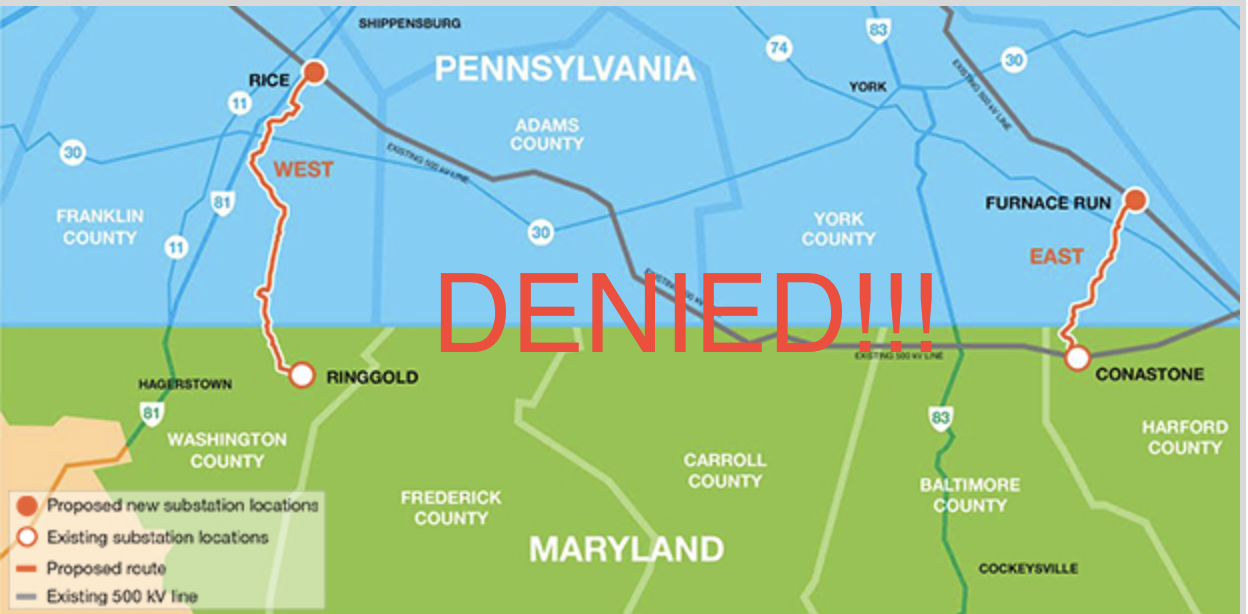
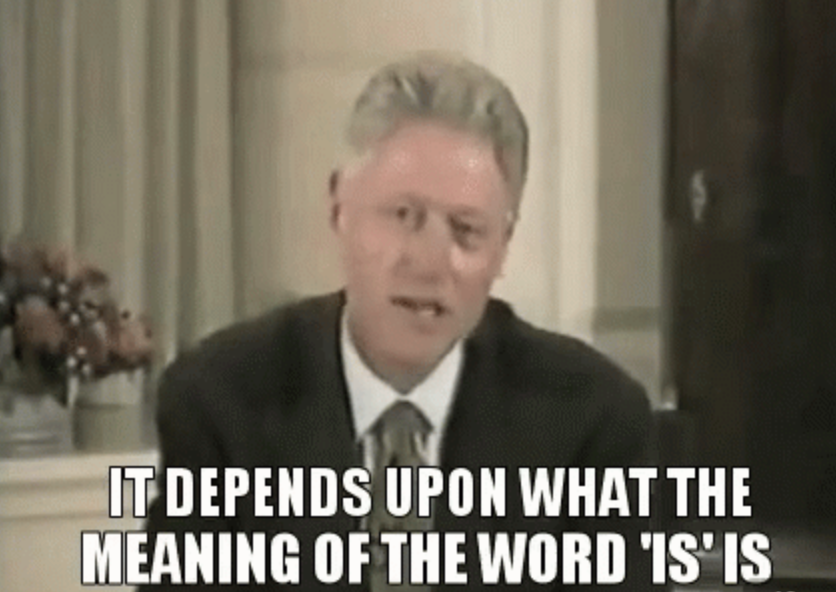
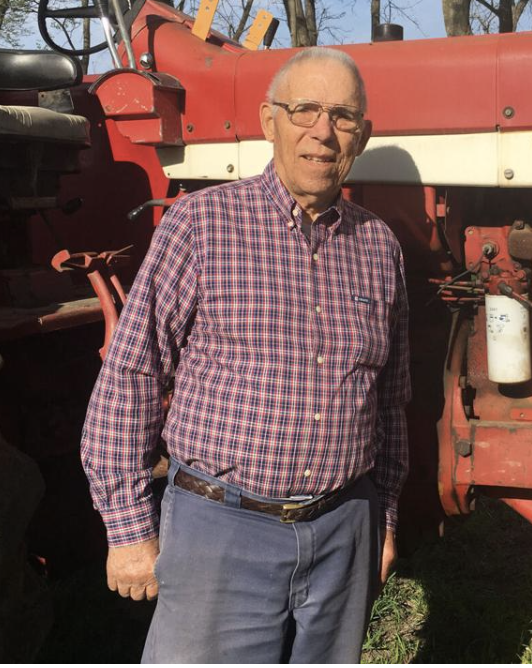
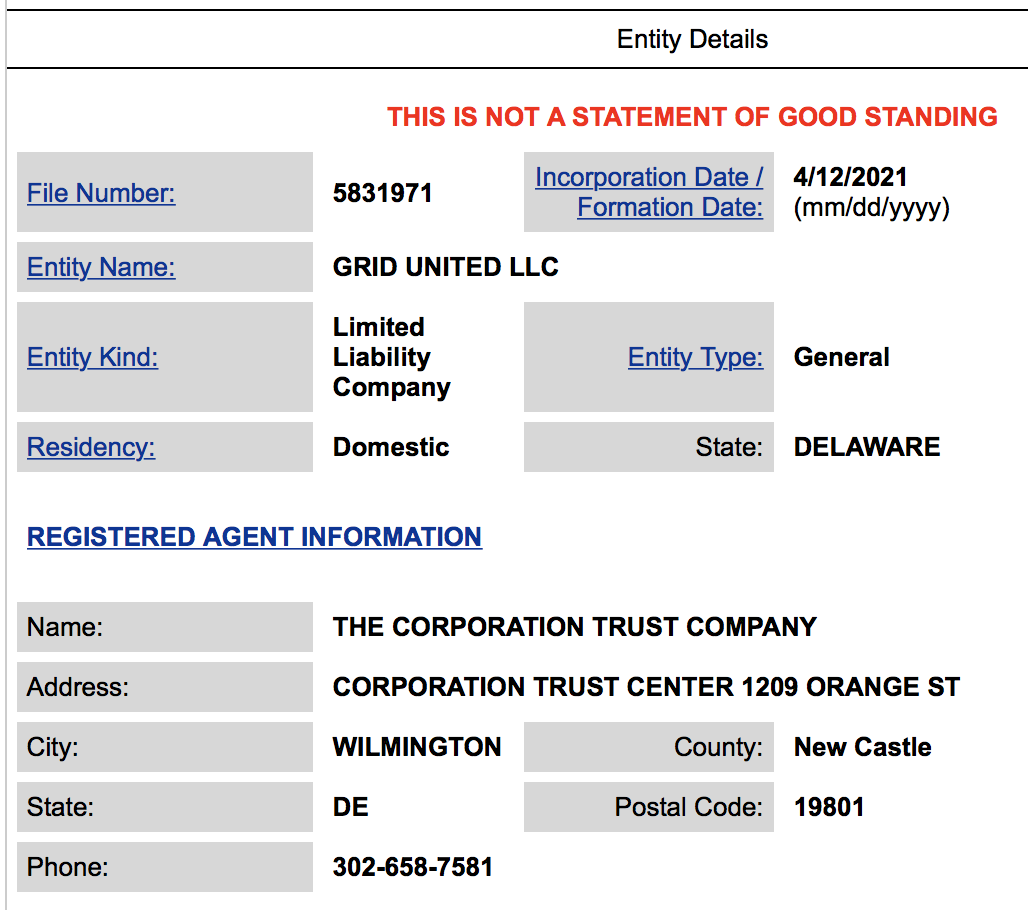
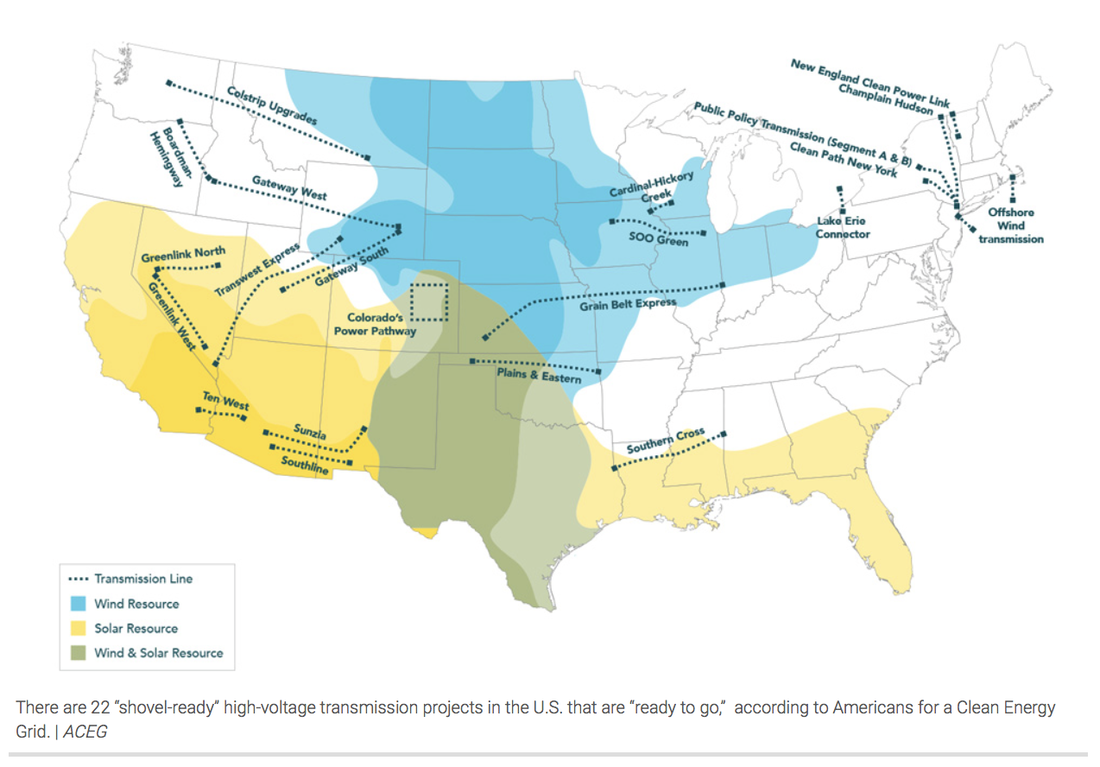
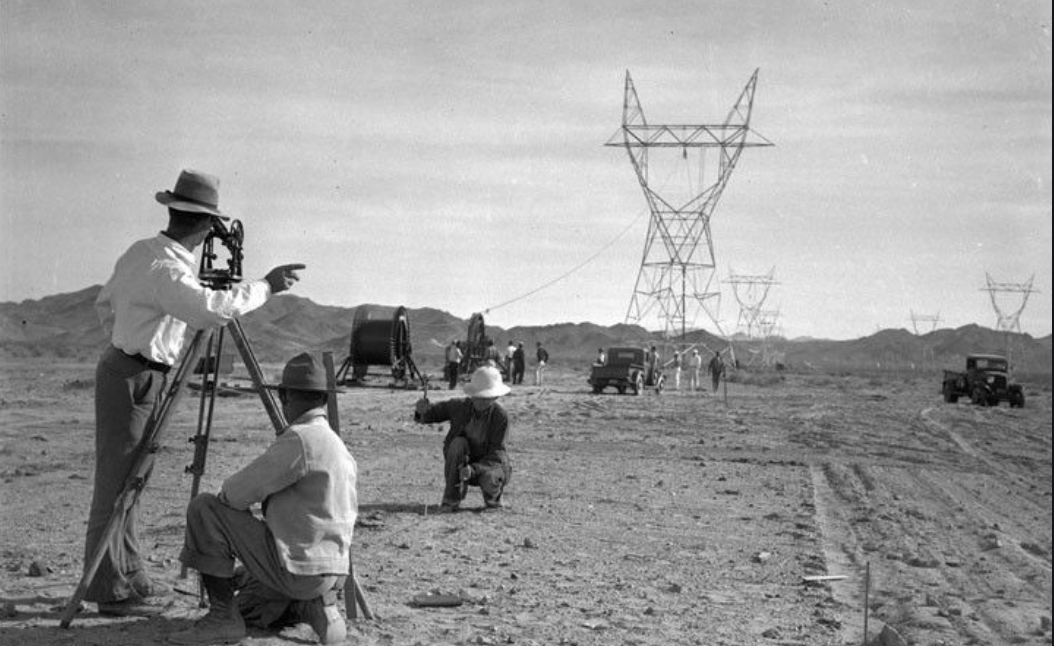


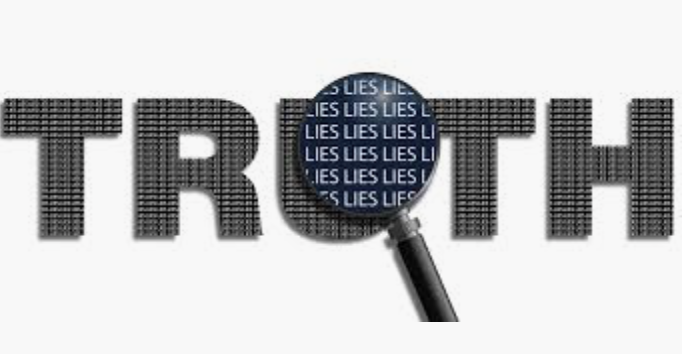


 RSS Feed
RSS Feed